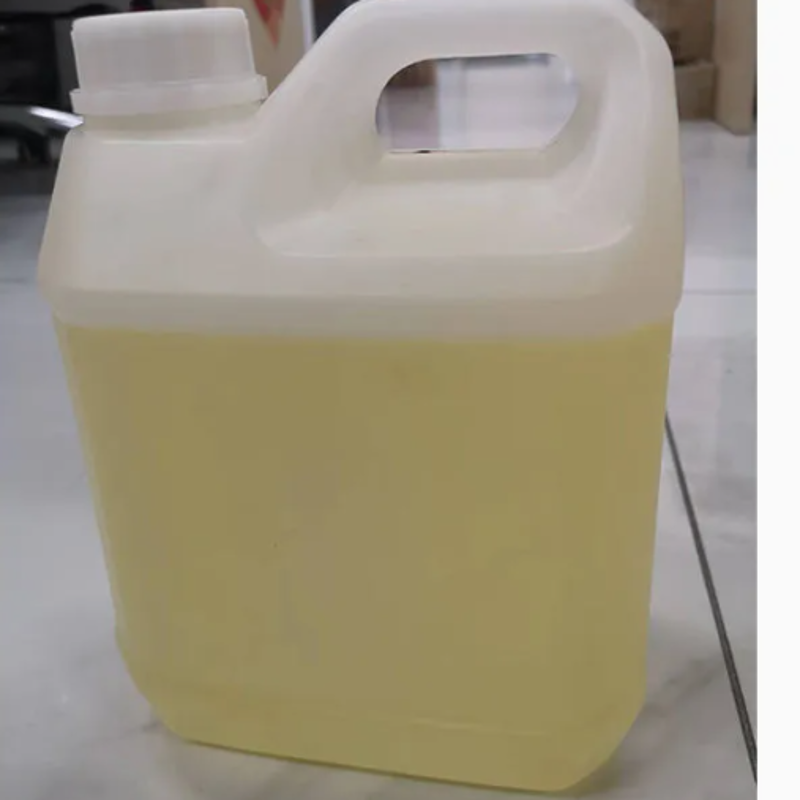-
Categories
-
Pharmaceutical Intermediates
-
Active Pharmaceutical Ingredients
-
Food Additives
- Industrial Coatings
- Agrochemicals
- Dyes and Pigments
- Surfactant
- Flavors and Fragrances
- Chemical Reagents
- Catalyst and Auxiliary
- Natural Products
- Inorganic Chemistry
-
Organic Chemistry
-
Biochemical Engineering
- Analytical Chemistry
-
Cosmetic Ingredient
- Water Treatment Chemical
-
Pharmaceutical Intermediates
Promotion
ECHEMI Mall
Wholesale
Weekly Price
Exhibition
News
-
Trade Service
Thermoplastic polystyrene (PS) has gradually become one of the most popular polymers worldwide due to its cheapness and durability, but has caused widespread negative environmental impacts due to its lack of efficient recycling and difficulty in being efficiently degraded by microorganis.
Recently, researchers from the University of Queensland, Australia, published a research paper titled "Insights into plastic biodegradation: community composition and functional capabilities of the superworm (Zophobas morio) microbiome in styrofoam feeding trials", describing a "superworm" that specializes in eating foam plast.
The plump, shiny larvae of the dark-colored beetle (Zophobas morio) are called "super worms", and they often feed on wheat bran and are also known domestically as barley worms or mealwor.
Surprisingly, these worms that barely swallowed the plastic foam did not die on the sp.
In the lab, mealworms are usually not the main bugs that are fed polystyre.
The key scientific question is to figure out what bacteria are in these microbial communiti.
While bran is more attractive to superworms, they can also eat polystyre.
By the time the larvae became adults, nearly 93 percent of the worms in the bran-fed group had completed eclosion; only 10 percent of the starved group had successfully completed the transformati.
Through in-depth research, the researchers believe that polystyrene plastic is digested with the help of microbes in the barley worm's gut, which can break down the plastic for energy and synthesize other compounds that allow the barley worm to survi.
The researchers said they will also further test its ability to degrade polystyrene plast.
They used metagenomic (also called metagenomic) technology on the intestinal bacteria of barley worms to find several encoded enzymes that could degrade polystyrene and styrene, and found that it was these biological enzymes that acted on polystyrene degradati.
The researchers performed high-throughput sequencing of the microbes in the larvae and found that the microbes were relatively active when the enzymes were being ma.
Armed with the environment these enzymes require and the details of how they work, .
Second, used polystyrene may be processed into some kind of building product to keep it out of landfil.
It should be noted that the biological enzymes discovered by researchers only degrade polystyrene (PS) plastics, and other common plastics in life, such as polyethylene (PE), polypropylene (PP), polychlorinated Vinyl (PVC), e.
"It would make the whole thing more economical," .







